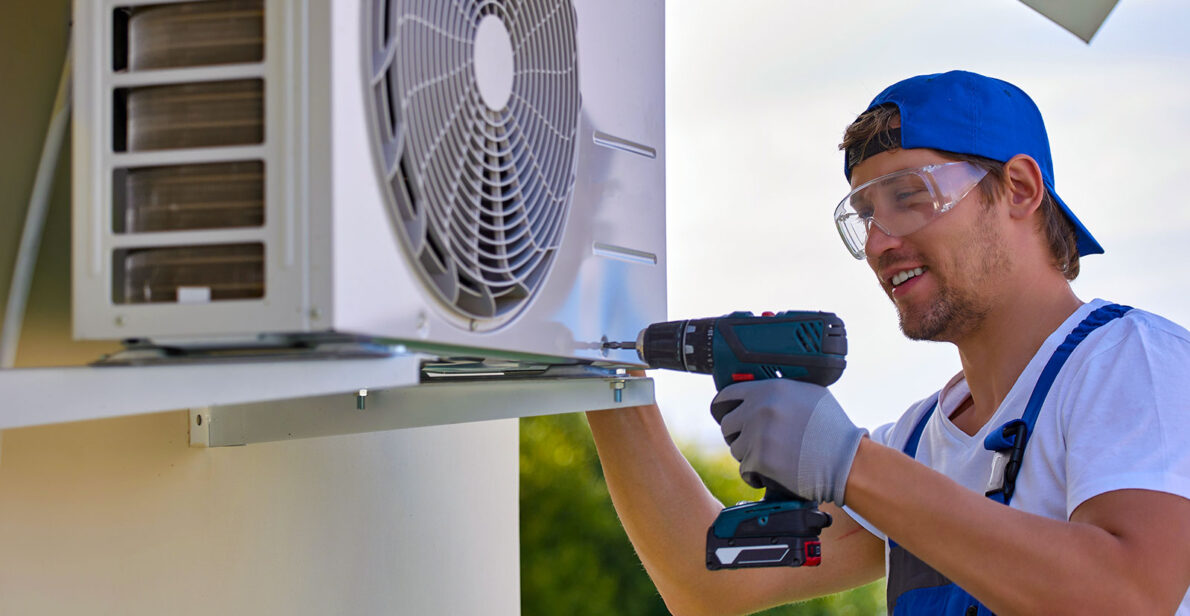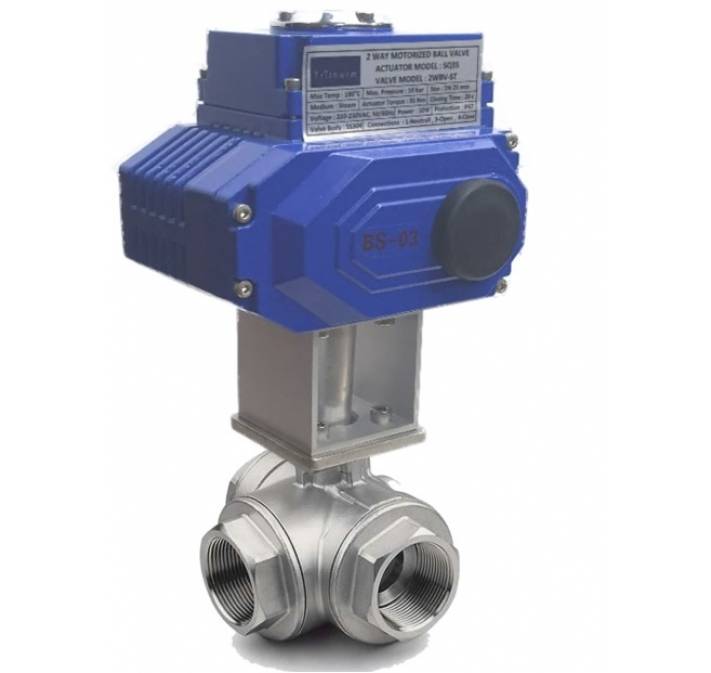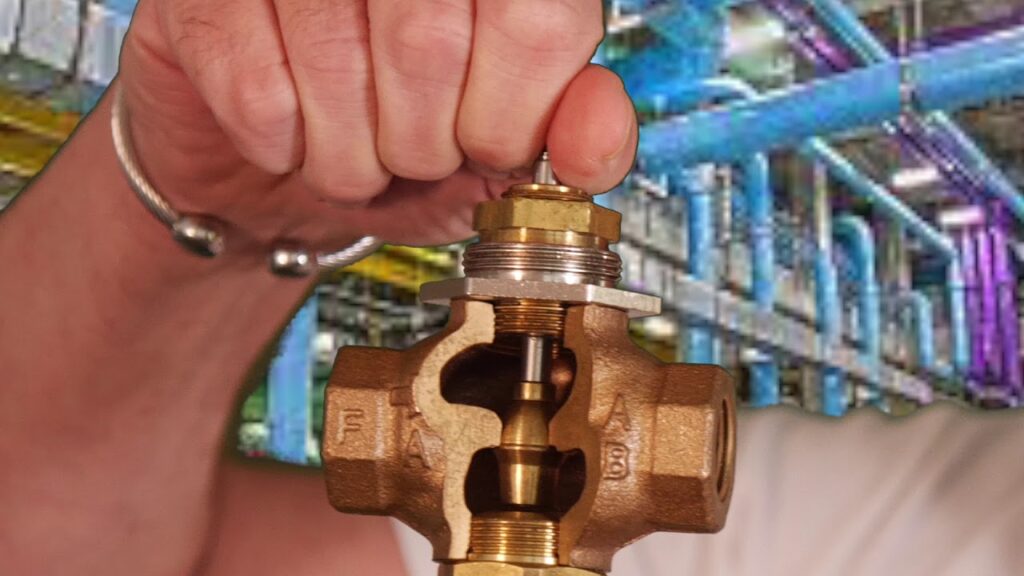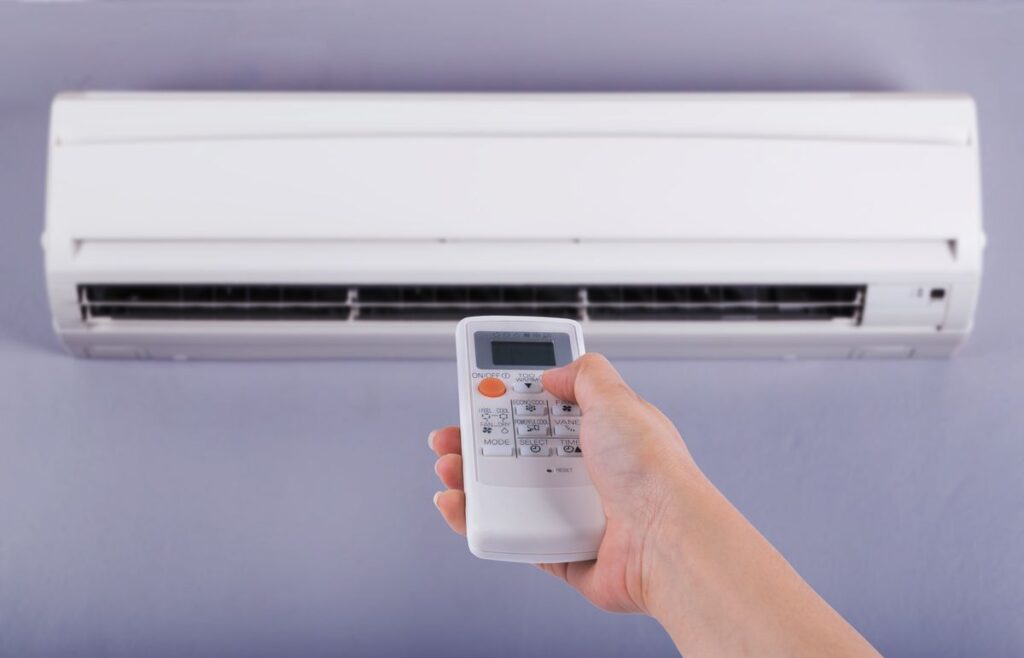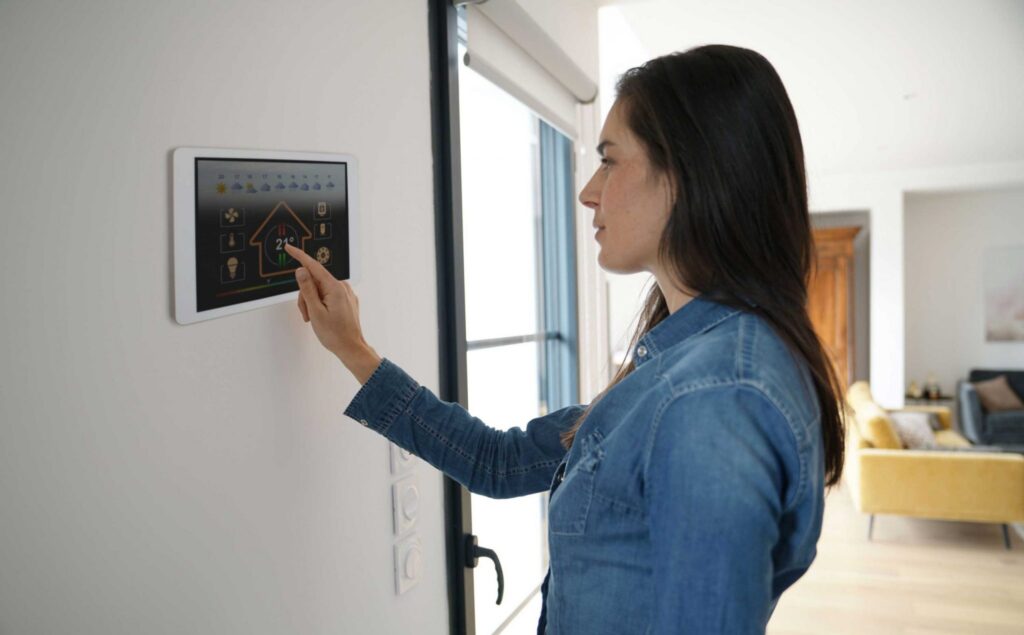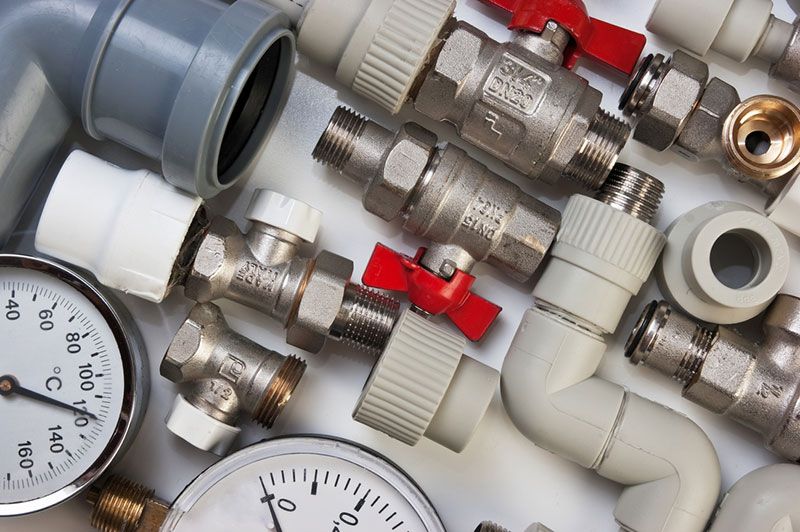Transformers are devices that convert electrical energy from one voltage to another, mainly used in HVAC systems for providing power to the motor and other electrical components. They do not only power up the motor, but also protect other components from short circuits, overloads, or overheating of the compressor and fan motor.
Electrical transformers are essential devices used to transfer electrical energy between different voltage levels, enabling efficient transmission and distribution of electricity. They play a crucial role in various industries, including power generation, transmission, and distribution systems, ensuring safe and reliable electricity supply.
Read on to learn more about what makes the transformer an important part of HVAC systems.
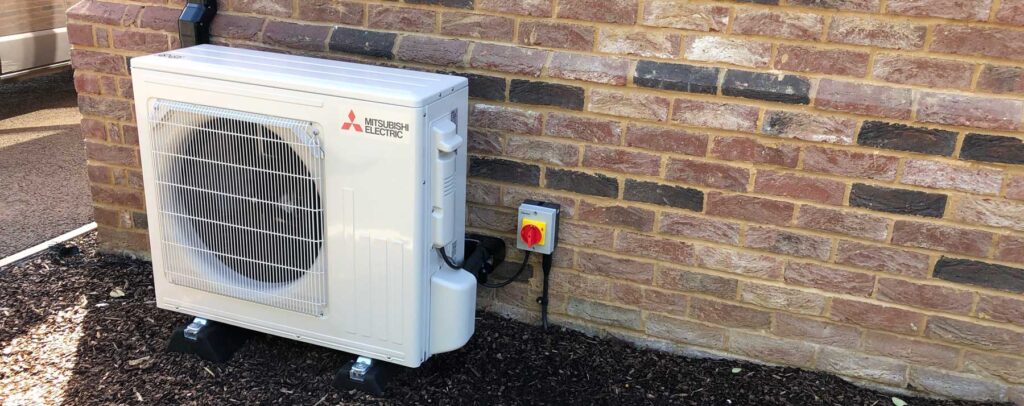
Why Do You Need Transformers In HVAC Systems?
Transformers are used to convert the voltage of an electrical system, as well as change the current, frequency, and phase of electricity. They are basically two coils of wire wrapped around each other with an electrical conductor in between them. The magnetic field created by one coil induces a current in another coil when an electric current pass through it.
Transformers can be used to step up or step down (also known as “voltage transformation”) voltages at different locations on your home’s circuit breaker pane, all without having to install additional wiring or outlets throughout your home – which would be very expensive.
Types of Transformers Used in HVAC Systems
- Power Transformers: These are the most common type of transformers used in HVAC systems. They change the voltage and current from one level to another.
- Current Transformers: These are also called “power factor” or “kilowatt hour” transformers because they measure the electrical consumption of an appliance or machine.
- Voltage Transformers: They convert high voltage to lower voltages for use with motors and other equipment that require low-voltage currents, such as fans and pumps.
- Frequency Transformers: This is used to step down power line voltages from 230 volts AC (alternating current) down to 120 volts AC at 60 cycles per second (60 Hz), which is required by modern electronic devices such as computers and televisions.
Transformer Power Ratings
The power rating of a transformer is the maximum amount of energy it can handle, measured in watts. Power is calculated by multiplying voltage and current together; for example, if you have a 100-volt circuit that draws 10 amps (100 x 10 = 1,000 watts), then your total power consumption will be 1kW.
How to Choose the Right Transformer for Your HVAC System?
To choose the right types of transformers for your HVAC system, you must always determine what kind of voltage and current ratings it has. The type of transformers used depends on where they will be installed (i.e., whether outdoors or indoors), as well as how much space is available in terms of height and width requirements.

